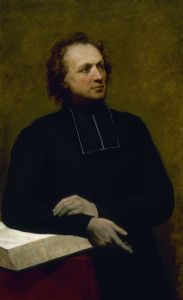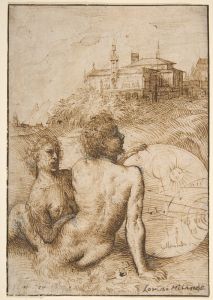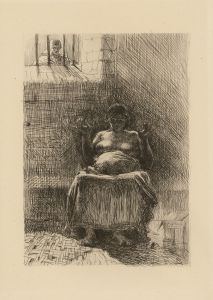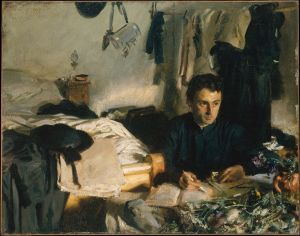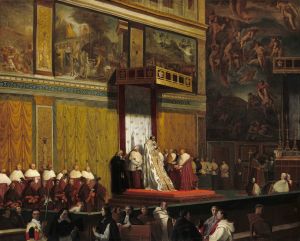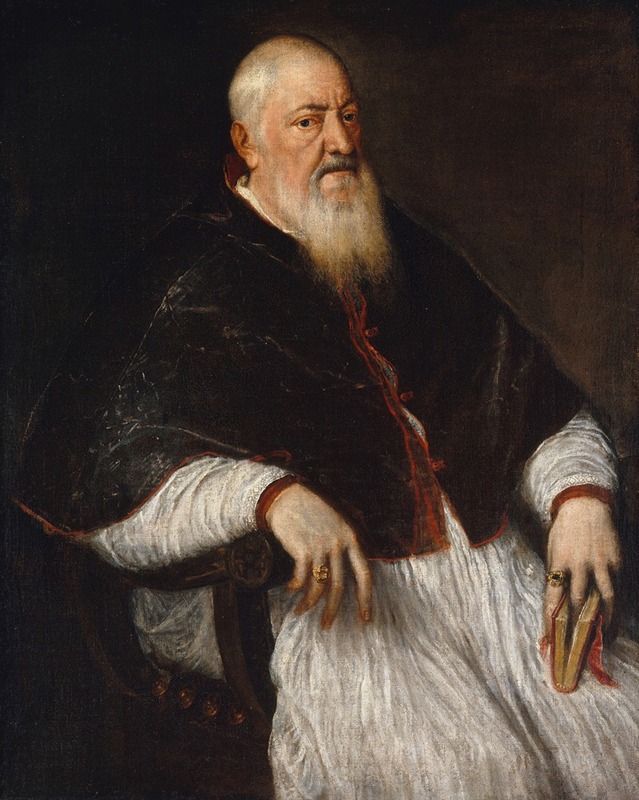
Filippo Archinto , Archbishop of Milan
A hand-painted replica of Titian’s masterpiece Filippo Archinto , Archbishop of Milan, meticulously crafted by professional artists to capture the true essence of the original. Each piece is created with museum-quality canvas and rare mineral pigments, carefully painted by experienced artists with delicate brushstrokes and rich, layered colors to perfectly recreate the texture of the original artwork. Unlike machine-printed reproductions, this hand-painted version brings the painting to life, infused with the artist’s emotions and skill in every stroke. Whether for personal collection or home decoration, it instantly elevates the artistic atmosphere of any space.
"Filippo Archinto, Archbishop of Milan" is a portrait painting by the renowned Italian Renaissance artist Titian. This artwork is a significant example of Titian's portraiture, showcasing his mastery in capturing the character and status of his subjects through his use of color, composition, and detail.
Filippo Archinto (1500–1558) was an influential figure in the Catholic Church during the 16th century. He was appointed as the Archbishop of Milan in 1556, a position he held until his death. Archinto was known for his diplomatic skills and served in various capacities within the church, including as a papal nuncio, which involved representing the Pope in foreign affairs. His ecclesiastical career was marked by his involvement in the Council of Trent, a significant event in the Counter-Reformation.
Titian, whose full name was Tiziano Vecellio, was one of the most prominent painters of the Italian Renaissance. Born in Pieve di Cadore, near Belluno, around 1488-1490, he became a leading figure in the Venetian school of painting. Titian was celebrated for his innovative use of color and his ability to convey the psychological depth of his subjects, making him a sought-after portraitist among the European elite.
The portrait of Filippo Archinto is believed to have been painted around 1558, shortly before Archinto's death. In this work, Titian employs his characteristic use of rich, vibrant colors and a dynamic composition to convey the authority and dignity of the archbishop. The painting captures Archinto in his ecclesiastical robes, with a serene yet commanding expression, reflecting his status and personality.
One of the notable features of Titian's portraiture is his ability to infuse his subjects with a sense of life and presence. In the case of Filippo Archinto, Titian achieves this through the careful rendering of textures, such as the luxurious fabrics of the archbishop's garments, and the subtle play of light and shadow on his face. This attention to detail not only highlights Titian's technical skill but also serves to emphasize the importance and reverence associated with Archinto's position.
The painting is part of the collection at the Philadelphia Museum of Art, where it continues to be an object of study and admiration. It stands as a testament to Titian's enduring legacy as a master portraitist and his ability to capture the essence of his subjects with unparalleled depth and realism.
Overall, "Filippo Archinto, Archbishop of Milan" exemplifies the qualities that have made Titian's work timeless: a profound understanding of human character, an exceptional command of color and composition, and a capacity to convey the grandeur and complexity of his subjects. Through this portrait, viewers are offered a glimpse into the life and status of a significant historical figure, as well as the artistic brilliance of one of the Renaissance's greatest painters.





